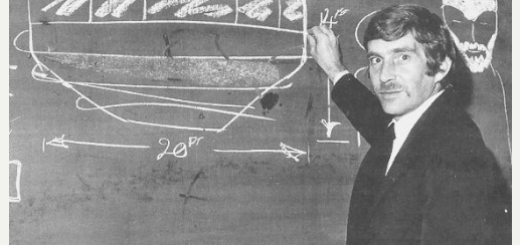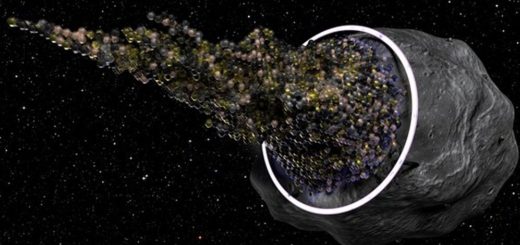10 Ways Space Is Trying to Kill You

In the Hollywood thriller “Gravity,” screenwriters concocted a frightening space scenario. Two NASA astronauts on a spacewalk, portrayed by Sandra Bullock and George Clooney, find themselves stranded in the emptiness of space, after their spacecraft is wrecked by debris from a satellite destroyed by a missile.
While that particular dilemma was fictional, it resonated powerfully with movie audiences, because those of us who grew up watching the triumphs and tragedies of the Space Age know that being an astronaut is dangerous work. We’ve heard about the deaths of the three Apollo astronauts during a launching pad test exercise in 1967, the six who lost their lives when the space shuttle Challenger disintegrated 73 seconds after liftoff in 1986, and the seven who were killed when the Columbia shuttle broke up during re-entry in 2003 [source: Airsafe.com].
But while leaving Earth and returning to it are both risky business, the time that astronauts spend in the airless, cold and highly irradiated void of space is fraught with ever-present lethal peril, too. Space is so dangerous, in fact, that it’s amazing that only three humans—a trio of Soviet cosmonauts on a 1971 mission—have actually perished there. Here are 10 of the ways in which the cosmos is unforgiving of our inherent frailties.
If an astronaut became untethered during a spacewalk, as the characters did in “Gravity,” his or her spacesuit—the extravehicular mobility unit, or EMU, in NASA lingo—would still provide oxygen and remove carbon dioxide for as long as eight-and-a-half hours [source: NASA]. But if the suit failed, or an astronaut was somehow subjected to the airless, pressure-less void of space without such protection, he or she would lose consciousness within 15 seconds [source: NASA].
Death would quickly ensue, as a grisly textbook example illustrates. In 1971, three Soviet cosmonauts were about 104 miles (167 kilometers) above Earth when a valve in their life-support system ruptured, making them the only humans ever exposed directly to the vacuum of space. When their capsule, which was being guided by an automatic re-entry system, landed, recovery teams were shocked to find them dead in their seats, with dark-blue blotches on their faces and blood seeping from their noses and ears [source: Dhar].



 Creators of mankind
Creators of mankind Description of “Tall white aliens”
Description of “Tall white aliens” Where they came from?
Where they came from? About hostile civilizations
About hostile civilizations The war for the Earth
The war for the Earth “Tall white aliens” about eternal life
“Tall white aliens” about eternal life Video: “Nordic aliens”
Video: “Nordic aliens” Aliens
Aliens Alien encounters
Alien encounters The aliens base
The aliens base UFO
UFO Technology UFO
Technology UFO Underground civilization
Underground civilization Ancient alien artifacts
Ancient alien artifacts Military and UFO
Military and UFO Mysteries and hypotheses
Mysteries and hypotheses Scientific facts
Scientific facts


















